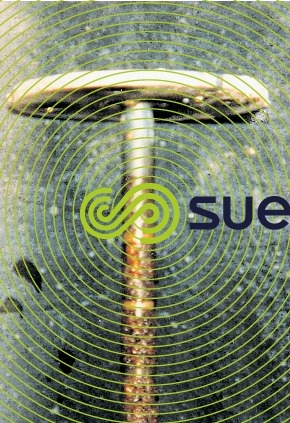effect of oxidants
Reading time:dissolved oxygen
The importance of the role played by dissolved oxygen in the definition of an electrode's potential has already been stated. However, we need to remember its behaviour as a dual corrosion agent :
- below 1 mg · L–1, and in soft water that has a close to neutral pH, a passive steel condition may occur;
- for concentrations of between 1 and 4-6 mg · L–1, corrosivity of water with a medium mineralisation content will increase almost linearly;
- at saturation, equilibrium occurs and a combined protective film is formed when there is a sufficient concentration of Ca2+ and alkalinity.



oxidants
Ozone, a transient compound, cannot have any direct effect on distribution network; however, it is occasionally associated with oxygen over saturation that sometimes favours degassing and creates localised corrosion through differential aeration.
Chlorine or hypochlorite markedly increase aerated water redox potential. Stainless steels will be the most sensitive and variants that have a higher pitting potential may be necessary. On the other hand, in seawater, at temperatures below 30°C, experience has demonstrated that below 1 to 2 mg · L–1 of available Cℓ2, pitting does not become aggravated and only becomes severe at levels of 5 mg · L–1.
Bookmark tool
Click on the bookmark tool, highlight the last read paragraph to continue your reading later












